Last Updated on August 2, 2021

Ink & Pixel is a source of pride and joy for me as a writer and as such, I’m always striving to take this column further for those who read and enjoy it. If you yourself, or anyone you know, helped to make any of the amazing feature animated films found within this column, I would love to talk to you to further my knowledge. Please contact me at [email protected] so we can discuss it further.
The world of film is chock full of creative endeavors. Countless amounts of talented individuals throughout film history have gone above and beyond their immediate skill sets to create some of the most fantastic spectacles we’ve seen on the silver screen. Of course, here at Ink & Pixel, we primarily explore digital as well as ink and paint animation, but what about the other avenues that exist within the film world? There’s animatronics, puppeteering, and not to mention costume design laden with intricate, moving parts. All of these lend to the enjoyment and creation of some of our favorite films, and in exploring Guillermo Del Toro‘s HELLBOY, we’re about to learn why some of those elements are just as important as ink or pixels.

Straight out of the pages of a dark and gothic comic book, written and drawn by creator Mike Mignola and published by the Dark Horse Comics label, HELLBOY is the story of the B.P.R.D. (Bureau of Paranormal Research and Defense), a special group of individuals that have come together to fight all manner of demons, witches, and things that go bump in the night. Under the leadership of occult scientist and paranormal expert Dr. Trevor “Broom” Bruttenholm (John Hurt), Hellboy (Ron Perlman), fights alongside the new, human rookie John Myers (Rupert Evans), and other supernatural team members, Abe Sapien (Doug Jones) and Liz Sherman (Selma Blair), to stop an ancient evil sorcerer Grigori Rasputin (Karel Roden) from unleashing hell upon earth.

Everyone knows that when creating a film from an already existing property (particularly an already popular one) that the expectations for that film to match the source material are at an all time high. Fans expect the film not only to be good, but also to reflect what they love most about that particular character or franchise. This is why Guillermo Del Toro (THE DEVIL’S BACKBONE, BLADE II, CRONOS) made sure to bring Mike Mignola in on the ground floor while bringing his lauded character to life on the big screen. In a not so surprising and rather trusting move, Mignola chose to give Del Toro free reign over the world of Hellboy and the rest of the B.P.R.D.

Del Toro, a director who is not a stranger to genre of Gothic Fantasy films, instructed his crew to stay as true to the comics as possible while still exhibiting his signature style throughout the film. Proof of this is evident in the way Del Toro lifted set design locations right out of the pages of the comic book series, such as the popular site of the B.P.R.D. Headquarters. Built to look as if it were made in the 1940’s and in desperate need of funding for repair, the B.P.R.D. set looked as if it were fortified by thick layers of concrete to give it an impenetrable aesthetic. Objects such as paintings, statues, and even the layout of Dr. Broom’s library were lifted right from the page.

What’s more is that the lighting technicians also made sure to stay true to the colors found in the books. Hours were spent matching the stark blues, orange-yellows, and deep reds found throughout the comic series to the lighting rigs. It gave the film that real authentic Hellboy look, enough so that the comic book fans took notice and were quite pleased.. Though, it wasn’t just for authenticity’s sake. Often times films rely on lighting to hide any flaws in the heavily applied makeup effects worn by certain characters. It’s not that the makeup effects are substandard but rather that makeup in certain films is an arduous process that sometimes takes up to several hours to complete. Sometimes, “distinction lines” are left where certain pieces of a costume fit together that can be easily hidden by proper lighting.

For example, some days it took Ron Perlman‘s Hellboy makeup up to four hours to complete using the following process: First comes a series of special creams that are applied to Ron’s skin. These creams not only keep his skin from breaking out but also allow his skin to breathe underneath the duress of the heavy makeup that is next to be applied. Second, a piece that extends from Ron’s neckline to his pectorals is applied, curving around his jawbone. Next, the technicians leave that particular piece loose so as to fit a fabric suit that goes on underneath and around Ron’s body, holding the piece in place around the pectoral muscles. A muscle suit then goes on over that and the process continues.

The next piece is a plastic skull cap that gets fitted over Ron’s manly dome which is then attached to another piece made of foam latex that houses the signature, circular filed down horns made famous by the Hellboy character. Next comes the full face appliance. The appliance is made from a mold of Ron’s very own face. The lips are then left off because they require the most repair while filming. And finally, after all that, five to six shades of red paint are applied to Ron’s face and body to complete the look. As you can tell this process takes an extraordinary amount of patience and skill to pull off with any manner of accuracy or expertise. Now imagine adding a lighting crew to this aspect of film making. You’re going to want that team to light your hard work in the best way possible. It’s a fact.

Aside from being a very action heavy and creature driven film, HELLBOY also had quite the amount of stunts performed throughout the film. In fact, eight special harnesses were built specifically for the characters of HELLBOY and a rather nasty Cthulhu-looking creature named Sammael. Each harness was custom fit, measured, and rigged with a series of “pick points” which were tailor made plugs in which the crew were able to attach cables to that allowed for a wide array of movement not found in traditional stunt rigs.

And while we’re mentioning the character of Sammael, I’d like to point out that the eel-like tendrils that were seen squirming and lashing this way and that from out of the back of his massive skull were in fact not made using CGI. Nope. Technician Mark Setrakian designed a unique mechanism involving a series of servos inside each tentacle that were then programmed into a tablet like device. Each tendril was then controlled using a series of commands that allowed each tentacle to move independently from the others all while being controlled through the use of a pen, the swift stroke of the technicians hand allowed for the tentacles to have a smooth and fluid movement to them. The effect could easily be mistaken for CGI but I assure you that it was not.

And because no Ink & Pixel article would be complete without talking about some digital animation, you’ll be pleased to note that even though most of HELLBOY was filmed using real sets, as well as practical effects, that the scene in which Abe Sapien was floating in his tank inside of the B.P.R.D. Headquarters was entirely digital. Shot while using a “dry set” (a set in which there are underwater elements being filmed but the set is completely lacking in water because the effects are digitally implemented) careful attention was paid to the building of Sapien’s muscular form while swimming inside his tank filled with murky water.

The idea was to convey to the audience that Sapien feels the most at home inside of his aquatic environment. Taking cues from the sea monster creatures of old such as THE CREATURE FROM THE BLACK LAGOON, Sapien, when outside of the tank, is also at his most vulnerable while on dry land. The character is quirky to being with, but if you pay close attention you’ll notice that his spastic ticks and sharp movements become lessened in the scenes in which he swims inside of his tank. It’s subtleties and moments like the that audiences aren’t always aware of but that add a nice bit of flavor and personality to the characters and scenes within the films we enjoy.

HELLBOY was unleashed upon the world in 2004. The film went on to make a total of $99.4 million dollars, well over the amount of its $66 million dollar budget. The film was critically praised for its bold sense of vision and unique approach to the world of comic books on screen. Four years later in 2008 the film even spawned a sequel called HELLBOY II: THE GOLDEN ARMY. The sequel out grossed the opening total of its predecessor by a fair amount and was the largest opening of Guillermo del Toro’s career. Since then an animated film has been released under the title HELLBOY: SWORD OF STORMS, with much of the cast returning to the franchise to reprise their roles.
In more recent HELLBOY news, while visiting a terminally ill child as part of a Make-A-Wish Foundation wish, Perlman appeared before the boy in full Hellboy dress and stated publicly that “We are now together in trying to do HELLBOY 3.” A wish come true for one brave child and for countless amounts of fans all over the world. Little has been said about the film, but it’s to be believed that when all is said and done on the business of THE HOBBIT that things will get rolling.

I for one hope that this is true as I would very much like to see another HELLBOY film in the near future before participating parties are unwilling to revisit this fun and Gothic franchise. If nothing else, HELLBOY is a prime example of comic book films that were done right well before THE AVENGERS came along and introduced mass audiences to outlandish comic book plots and fantasy action. So keep your stone fingers crossed, pet some kitty cats, gobble down a stack of pancakes, and hope that Perlman, del Toro, and the rest of the B.P.R.D. are willing to go one more round with the denizens of hell once more.






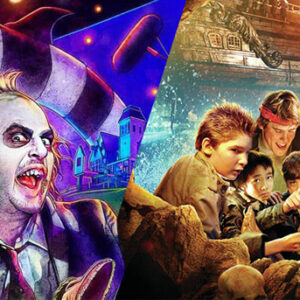
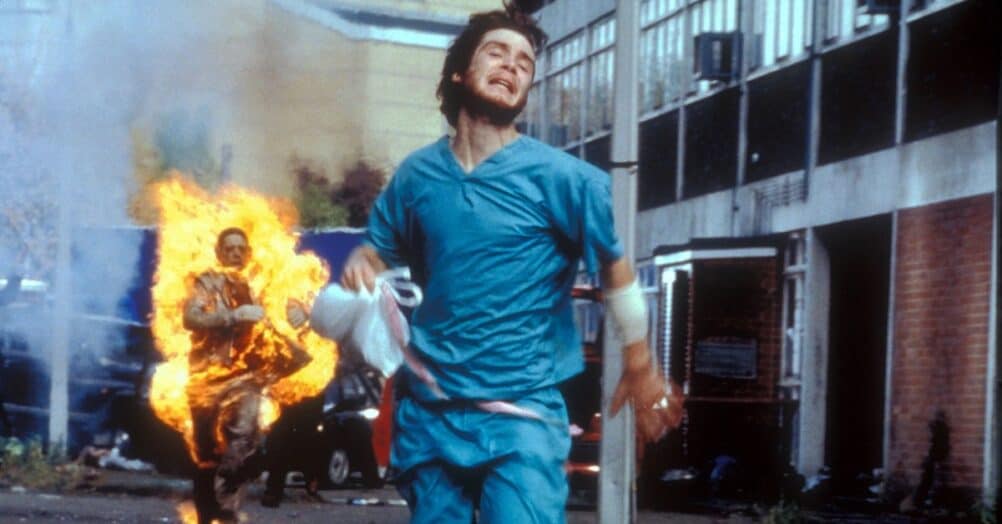





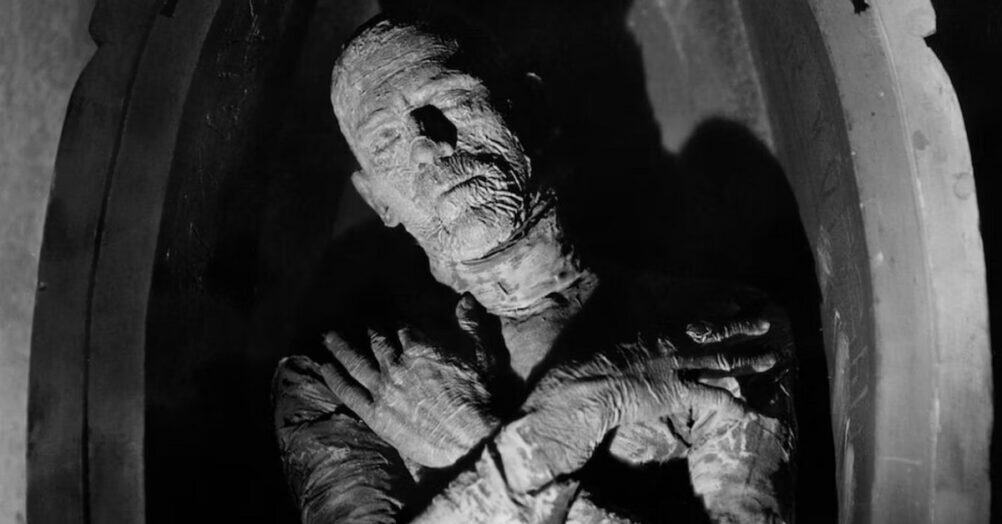
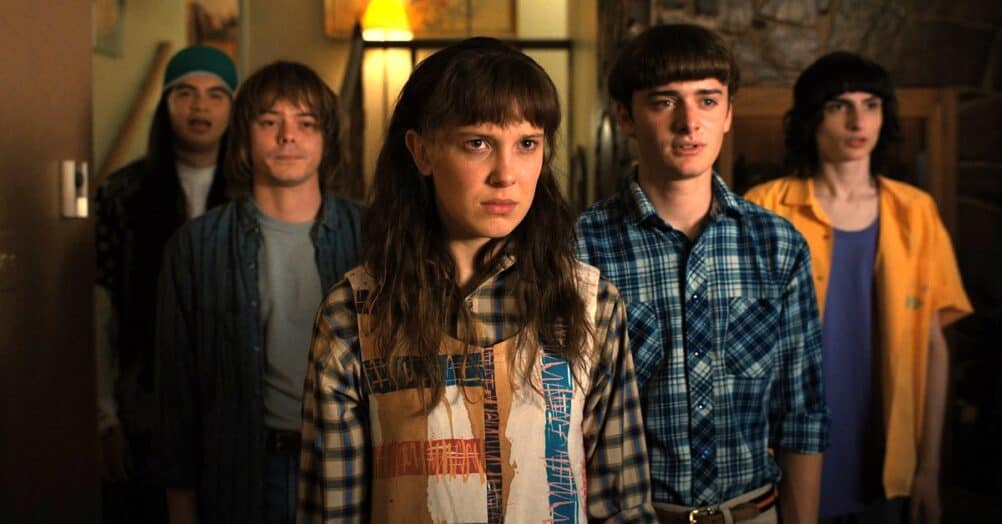

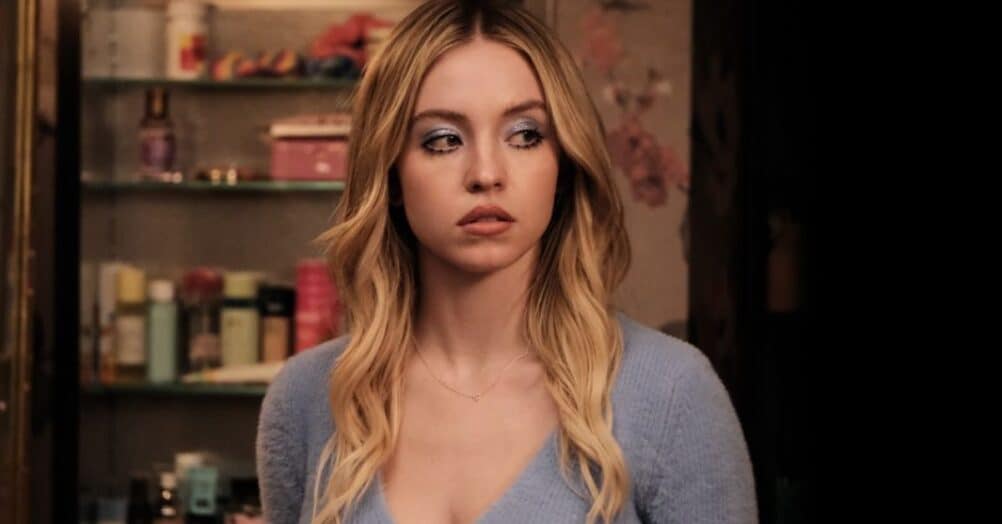
Follow the JOBLO MOVIE NETWORK
Follow us on YOUTUBE
Follow ARROW IN THE HEAD
Follow AITH on YOUTUBE